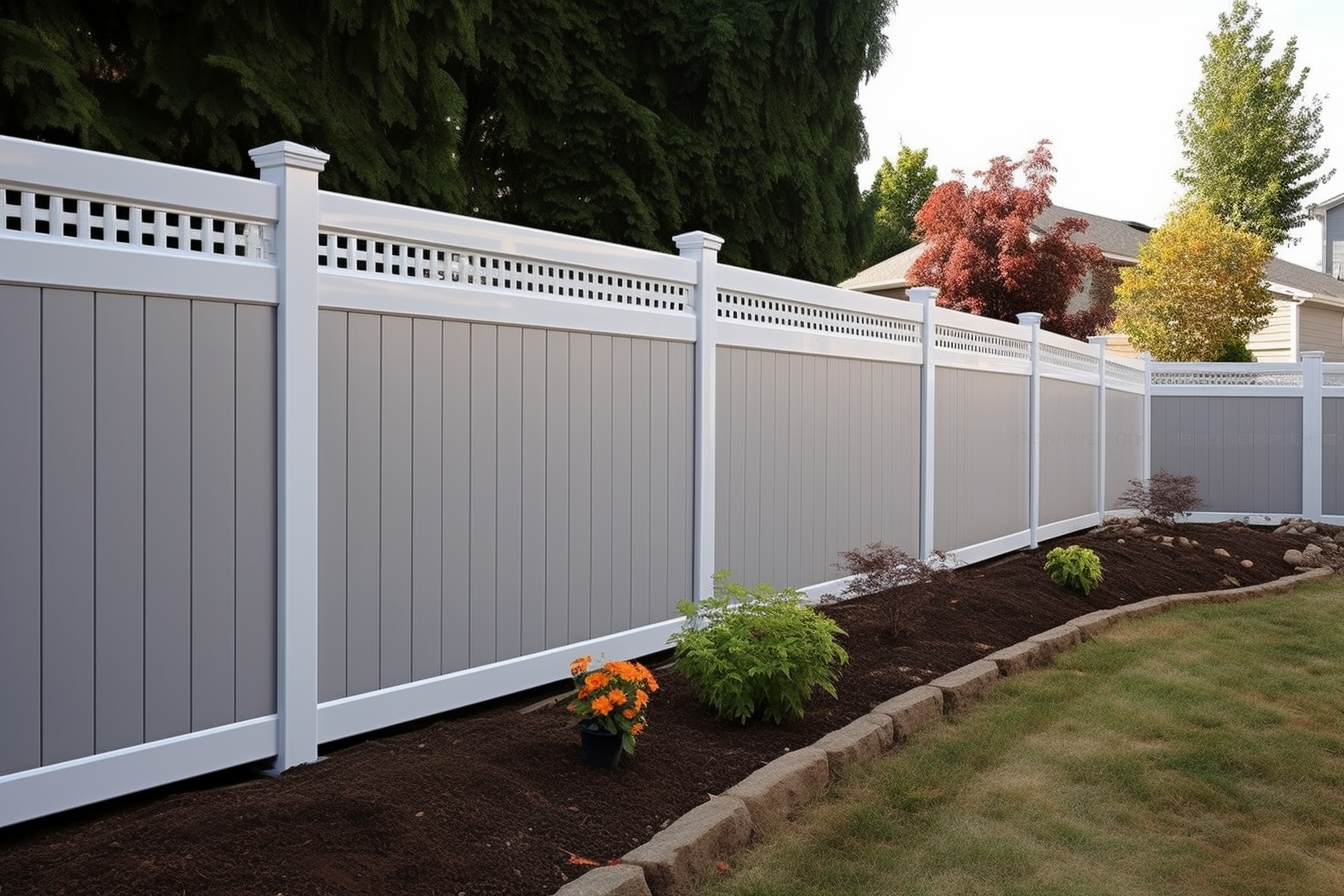Choosing resilient plant varieties for urban yards
Urban yards face compact spaces, changing light, and variable soil conditions. Choosing resilient plant varieties reduces maintenance, supports sustainability, and helps create attractive patios and balcony gardens. This article offers practical plant choices and care strategies suitable for both indoor plants and outdoor living areas.

Urban yards demand plant choices that tolerate heat reflection from buildings, limited rooting volumes, and intermittent attention. Prioritizing resilient species—those that recover from pruning, resist common pests, and thrive in constrained soil—creates a low-maintenance landscape. Thoughtful selection connects interiors and exterior spaces, enhances air quality around patios and courtyards, and supports sustainable, DIY-friendly planting strategies for small urban properties.
How does sustainability shape plant selection?
Sustainability means choosing plants adapted to your climate and local soil so they need less water and fertilizer. Native perennials often fit this role because they evolved for local conditions and support biodiversity. Group plants by water needs to reduce waste, and use soil-building practices like compost additions and organic mulching to improve long-term resilience. These steps help create a landscape that supports outdoor living without frequent interventions.
Which perennials suit patios and small outdoor living areas?
Perennials that form compact clumps or tolerate containers are ideal for patios and narrow yards. Look for species with drought tolerance and staggered bloom times to keep interest with minimal inputs. Combining groundcovers, mid-height flowering perennials, and a few small shrubs creates layered structure, helps retain soil moisture, and reduces stress from urban microclimates. Choose varieties known to rebound after pruning to maintain a tidy appearance.
Can vertical gardening and upcycling expand planting space?
Vertical gardening lets you increase planting area without sacrificing floor space—use trellises, wall planters, or rail-mounted containers. Upcycling materials like reclaimed wood crates or old gutters can form inexpensive planters; ensure proper drainage and use lightweight, fertile potting mixes. Select trailing perennials, vining herbs, and shallow-rooted plants that tolerate container life. Proper irrigation and routine checks for drainage will keep vertical installations resilient.
How do indoor plants and interiors influence outdoor choices?
Plants that perform well near interiors often adapt to sheltered outdoor spots like covered patios. When selecting indoor plants for transitional zones, match species to the light and temperature ranges found near windows or doorways. Many indoor plants also contribute to improved air quality; placing them thoughtfully in interior-adjacent outdoor spaces helps blur the boundary between inside and out while supporting plant health through consistent microclimates.
How does mulching and DIY maintenance support resilience?
Mulching is a simple, effective technique that conserves soil moisture, moderates temperature swings, and suppresses competing weeds. Organic mulches gradually feed soil life as they break down, enhancing structure and nutrient availability. Combine mulching with straightforward DIY care—such as targeted deep watering, light pruning, and seasonal soil tests—to prevent common stresses. Regular observation lets you address pests and disease early with low-toxicity methods.
What landscaping choices improve air quality and soil health?
Layered landscaping—trees where space allows, mid-sized shrubs, perennials, and groundcovers—captures particulates and creates habitat, improving local air quality and biodiversity. Choose species with deeper roots to stabilize soil and increase water infiltration, reducing runoff. In compact urban soils, incorporate amendments and avoid excessive compaction from heavy equipment. Selecting pollution-tolerant species and promoting diverse plantings strengthens overall resilience without heavy chemical use.
Conclusion Creating a resilient urban yard is a combination of careful plant selection and simple landscape practices. Favor climate-adapted perennials, use mulching and soil care to conserve resources, and expand planting through vertical gardening and upcycling. Align indoor plant practices with outdoor needs to support transitional spaces and improve air quality, and adopt routine DIY maintenance to keep a compact urban garden healthy and durable.





